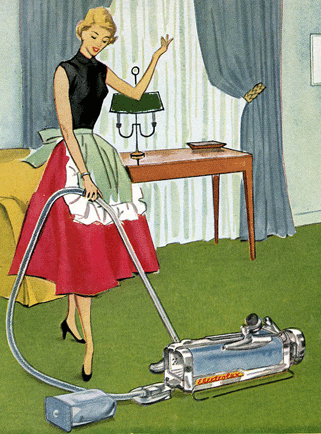|
Thread Number: 25669
Lamb thru-flow motor disassembly/brush bed in |
[Down to Last] |  |
| Post# 288230 , Reply# 4 7/11/2014 at 15:01 (3,569 days old) by Gr8DaneDad () | ||
|
D-T, If you have the model # handy I can attempt to find you the exact documents for that motor. | ||
| Post# 288232 , Reply# 5 7/11/2014 at 15:09 (3,569 days old) by DesertTortoise () | ||
|
One of them is 115923. Another is 116433 and a third is 115939 or 115923. | ||
| Post# 288233 , Reply# 6 7/11/2014 at 15:10 (3,569 days old) by DesertTortoise () | ||
|
Did you mean the motor numbers or the vacuum model number? | ||

 Comes to the Rescue!
Comes to the Rescue!